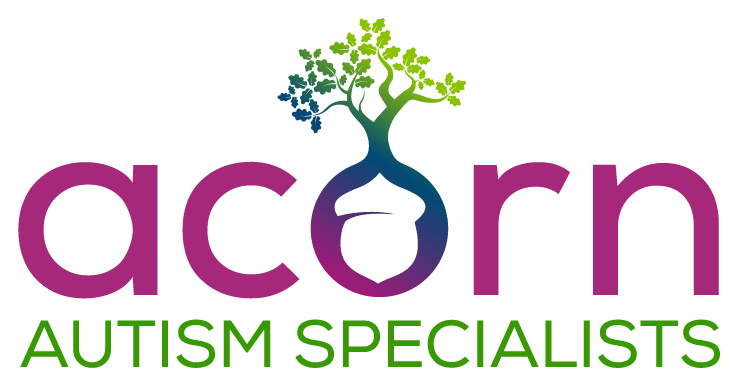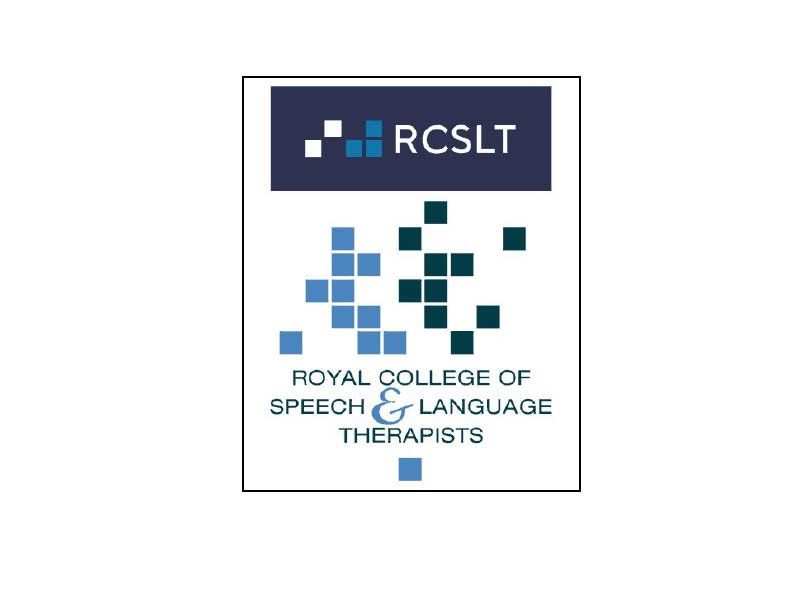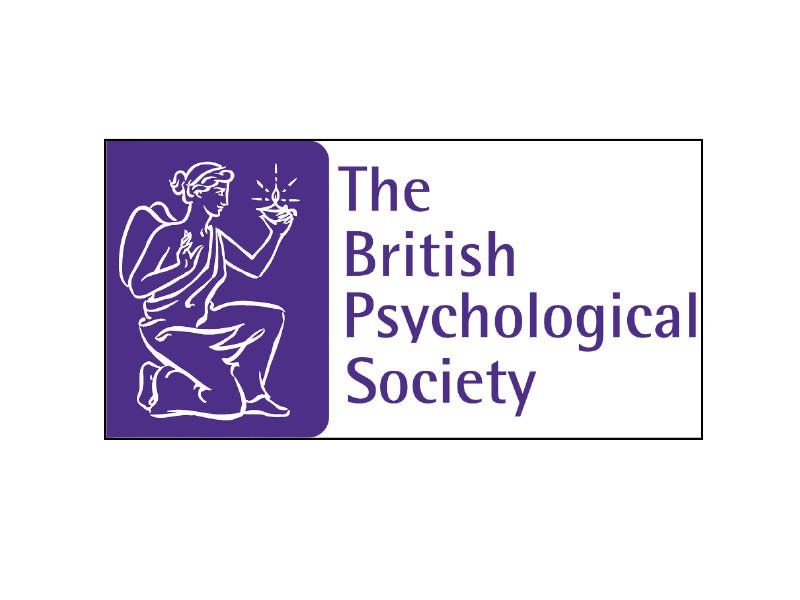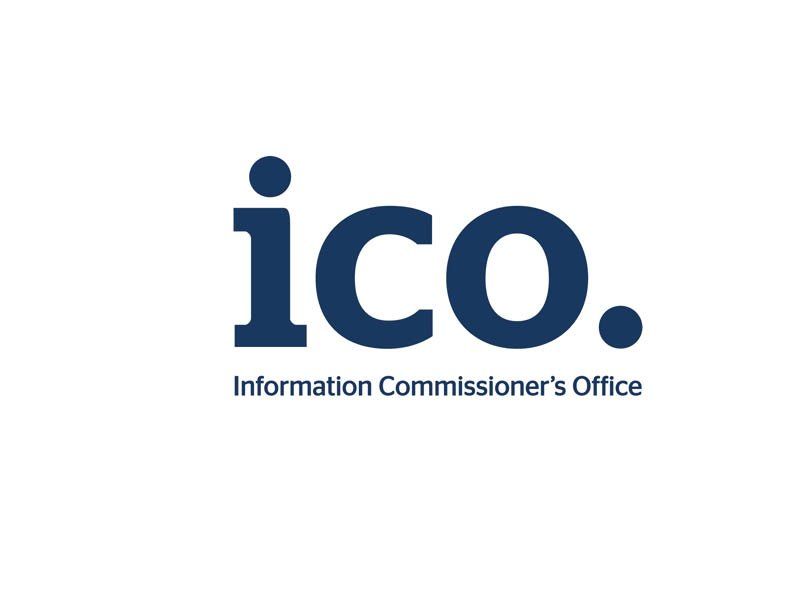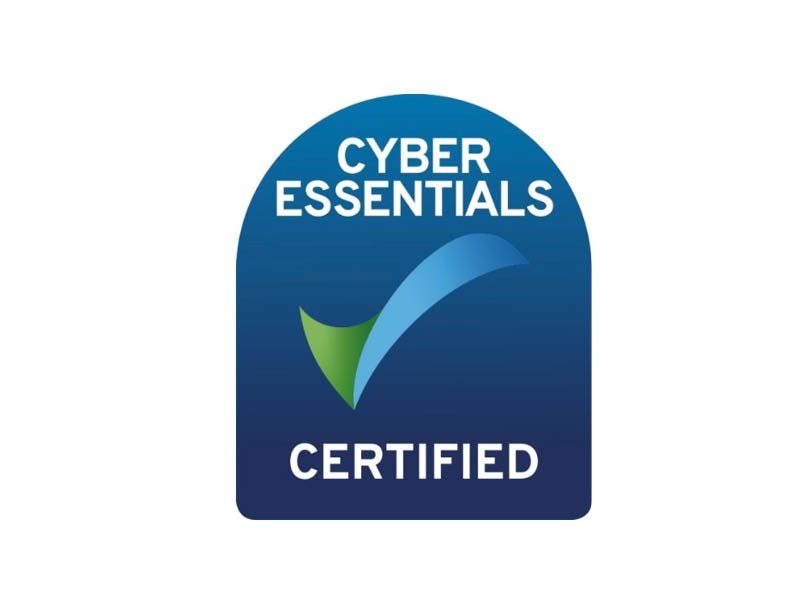A word about autism blog
Diagnostic criteria - a guide for all audiences
Diagnostic criteria - a guide for all audiences
Diagnostic manuals, ICD-10 and DSM-5, set out the criteria for autism to be diagnosed. These create the foundation for diagnostic tools such as the DISCO (Diagnostic Interview for Social and Communication Disorders), the ADI-R (Autism Diagnostic Interview - Revised), the ADOS (Autism Diagnostic Observation Schedule) and 3Di (Developmental, Dimensional and Diagnostic Interview).
Diagnostic criteria
The DSM-5 Manual defines autism spectrum disorder as “persistent difficulties with social communication and social interaction” and “restricted and repetitive patterns of behaviours, activities or interests” (this includes sensory behaviour), present since early childhood, to the extent that these “limit and impair everyday functioning”.
In DSM-5, the terms ‘autistic disorder’, ‘Asperger disorder’, ‘childhood disintegrative disorder’ and ‘Pervasive Developmental Disorder – Not Otherwise Specified (PDD-NOS)’ have been replaced by the collective term 'autism spectrum disorder'. This means that it’s likely that ‘autism spectrum disorder’ (ASD) will become the most commonly given diagnosis.
Available at:
https://www.autism.org.uk/advice-and-guidance/topics/diagnosis/diagnostic-criteria/all-audiences
